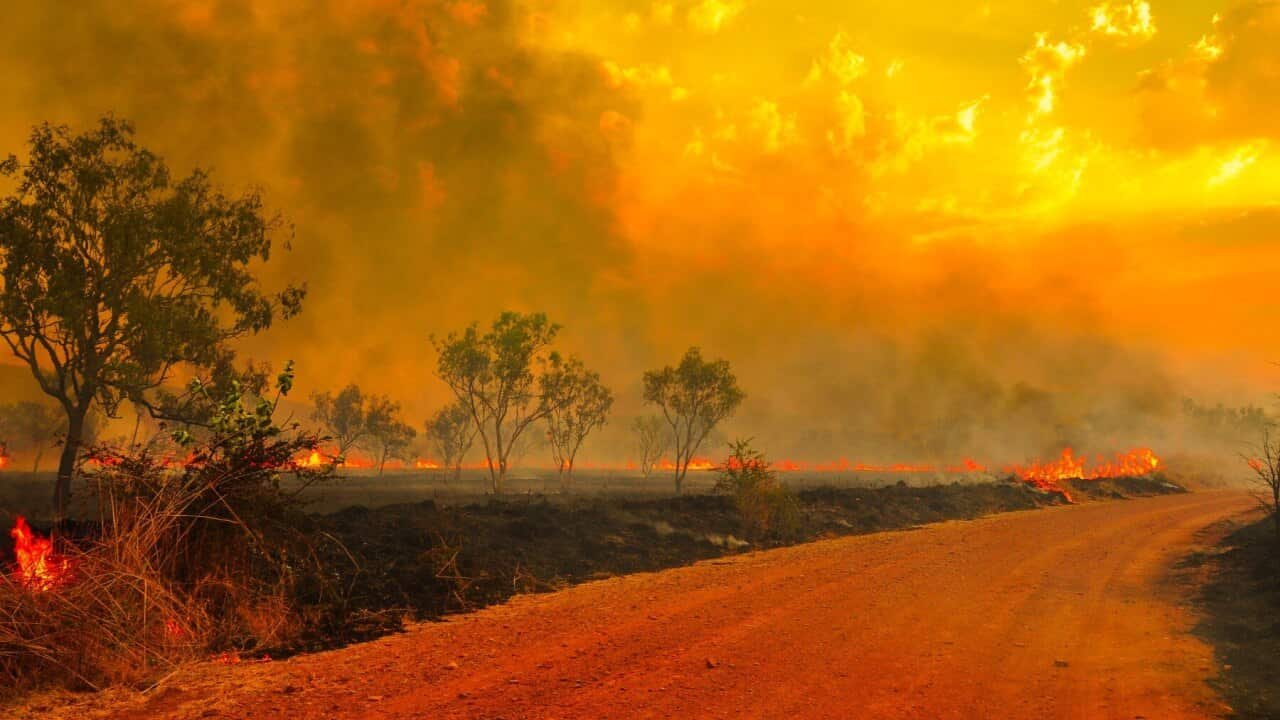Australians felt the force of high temperatures, drought, intense rain and giant hail during a year of weather extremes in 2020.
It was the fourth-warmest year on record and wetter than average as the hot and dry start was countered by a La Niña weather pattern declared in September, the Bureau of Meteorology's annual climate statement says.
Temperatures were 1.15 degrees above average and followed Australia's hottest and driest year on record in 2019.
"We know how 2020 started off with those extreme bushfires, with that extreme drought and heat, and we did see some relief from that in those earlier months," senior climatologist Lynette Bettio said.
Annual rainfall was four per cent higher than average, but varied considerably depending on the region.
"We're really looking for more months, and perhaps even years of increased rainfall to really restore the environment and help out with those water storages, but there has been some relief in 2020," she said.
The Murray Darling Basin storage increased from 35.4 per cent at the end of 2019 to 58 per cent at the end of 2020, largely driven by increases in the southern part.
The hottest day for 2020 came just four days into the year with Penrith Lakes, west of Sydney, recording 48.9 degrees.
There was a variation of more than 60 degrees with the coldest temperature of minus 14.2 degrees recorded at Liawenee in Tasmania in August.
Heavy hailstorms hit Canberra in January and wind speeds of almost 200 kilometres an hour were recorded when severe Tropical Cyclone Damien crossed the coast in northwestern WA in February.
The Great Barrier Reef also experienced coral bleaching in 2020, head of Operational Climate Services Andrew Watkins said.
"In recent years we have seen bleaching in 2016 and 2017 as well, so unfortunately a third bleaching event in recent years," he said.
The year ended with heavy rainfall and flash flooding in parts of southeast Queensland and northeast NSW as a result of La Niña.
The La Niña weather pattern was currently close to its peak and was expected to wane towards autumn, Dr Watkins said.











